American Sweetgum Tree
- June 12, 2023
- 0 comment
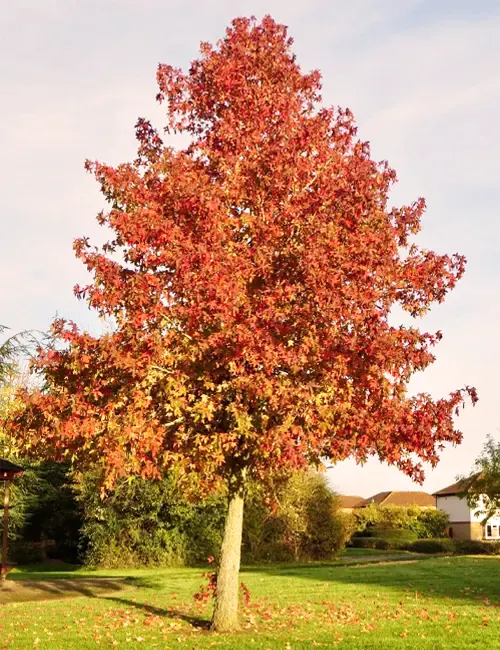
Common Name: American Sweetgum Tree
Botanical Name: Liquidambar styraciflua
Family: Altingiaceae
Plant Type: Deciduous tree
The American Sweetgum tree (Liquidambar styraciflua) is a beloved deciduous tree that adds beauty and character to landscapes across the United States. Known for its vibrant fall foliage, unique seed pods, and distinctive corky bark, this tree is a favorite among both homeowners and nature enthusiasts. In this article, we will explore the various aspects of the American Sweetgum tree, from its common name and botanical details to its care requirements and fun facts.
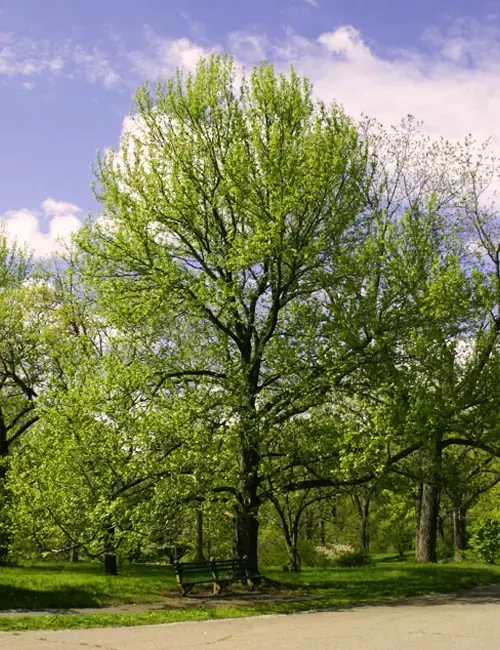
Mature Size and Growth Rate
The American Sweetgum tree can reach a mature height of 60 to 80 feet (18 to 24 meters) with a spread of 40 to 60 feet (12 to 18 meters). It typically grows at a moderate to fast rate, with an average annual growth of 1 to 2 feet (30 to 60 centimeters).
Soil Type
This tree is adaptable to various soil types, including clay, loam, and sand. However, it thrives best in moist, well-drained soils.
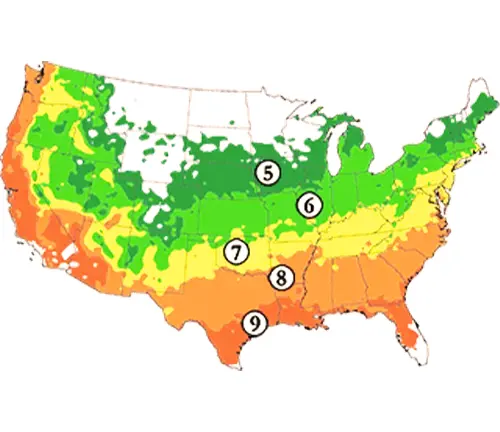
Hardiness Zones
The American Sweetgum tree is well-suited for hardiness zones 5 to 9, covering a large portion of the United States.
Sun Preference
While the American Sweetgum tree tolerates some shade, it prefers full sun exposure for optimal growth and development.
Soil Preference
The tree is adaptable to different soil pH levels, ranging from acidic to slightly alkaline. However, it prefers soils with a pH between 5.0 and 6.5.
Attributes
The American Sweetgum tree boasts several attractive attributes that make it a popular choice for landscaping. Its star-shaped leaves turn brilliant shades of yellow, orange, red, and purple in the fall, creating a stunning display. The tree’s bark is corky and deeply furrowed, adding visual interest year-round. Additionally, its spherical seed pods, often referred to as “gumballs” or “witch’s burrs,” are a unique feature that adds a touch of whimsy to the tree’s appearance.
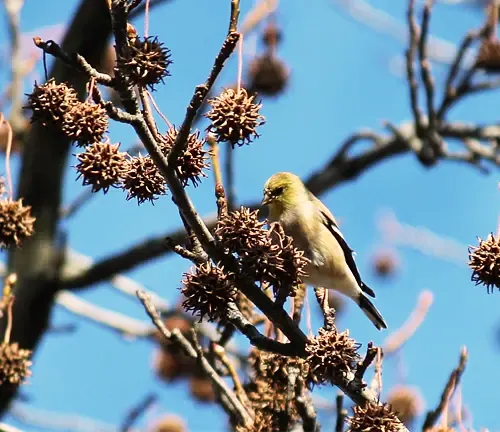
Wildlife Value
The American Sweetgum tree provides valuable resources for wildlife. Its seeds are a food source for various bird species, including finches, woodpeckers, and wild turkeys. The tree’s dense foliage also offers nesting sites and cover for birds and small mammals.
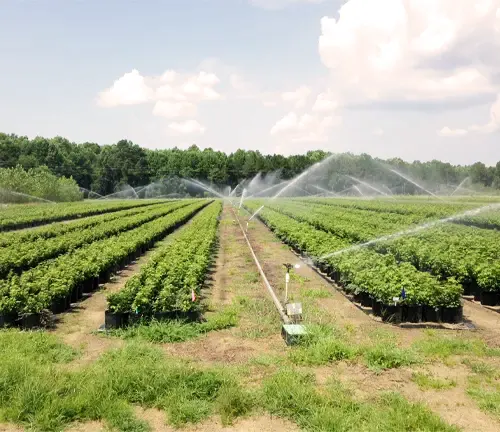
Care
To ensure the health and vitality of the American Sweetgum tree, regular care is essential. Adequate watering, especially during periods of drought, is crucial during the tree’s establishment phase. Applying a layer of mulch around the base of the tree helps retain moisture and suppress weed growth. Pruning should be done during the dormant season to remove dead or damaged branches and maintain a desirable shape.
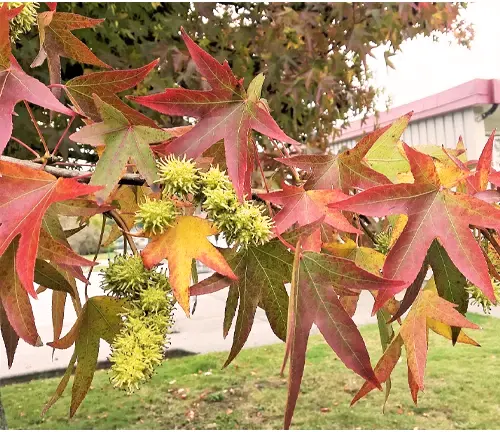
Benefits
The American Sweetgum tree offers numerous benefits to both the environment and homeowners. Its dense canopy provides shade, reducing energy costs during hot summer months. The tree’s extensive root system helps prevent soil erosion and improves soil structure. Furthermore, the vibrant fall foliage adds aesthetic value, enhancing the beauty of any landscape.
Invasive
While the American Sweetgum tree is not considered invasive, its seed pods can be a nuisance in some settings. The spiky gumballs may create maintenance challenges when they drop from the tree, requiring regular clean-up.
Lifespan
On average, the American Sweetgum tree has a lifespan of 60 to 75 years. However, with proper care and ideal growing conditions, some trees have been known to live for over 100 years.
Disadvantages
One disadvantage of the American Sweetgum tree is its shallow root system, which can lead to potential surface root damage and interference with nearby structures or pavements. Additionally, the tree’s seed pods can be sharp and uncomfortable to walk on, posing a slight inconvenience for homeowners.
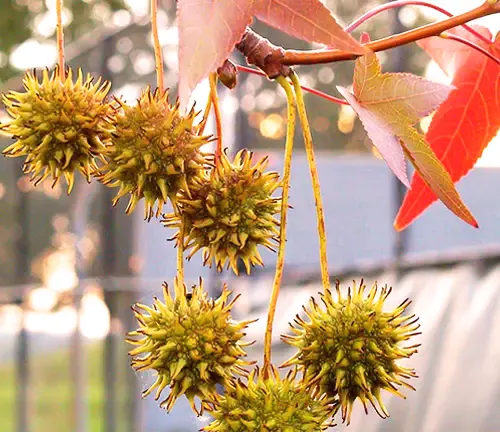
Edible or Not
The seeds of the American Sweetgum tree are not commonly consumed by humans. While they are not toxic, they are not typically used as a food source.
Habitat Requirements
The American Sweetgum tree thrives in a variety of habitats, including moist bottomlands, upland woods, and mixed forests. It is commonly found in the eastern and southeastern regions of the United States.
Name Origin
The genus name “Liquidambar” is derived from the Latin words “liquidus” (liquid) and “ambar” (amber), referring to the tree’s aromatic resin. The species name “styraciflua” means “flowing with storax,” which is a resinous substance obtained from the tree.
Fun Facts
- The resin of the American Sweetgum tree has been used historically for medicinal and aromatic purposes. It was once used as a chewing gum substitute and as an ingredient in perfumes.
- In some Native American cultures, the bark of the Sweetgum tree was used in traditional medicine for its analgesic and antiseptic properties.
- The American Sweetgum tree has been planted in other parts of the world, including Europe and Asia, where it is appreciated for its ornamental value and fall colors.
Characteristics
The American Sweetgum tree has distinctive characteristics that set it apart from other species. Its star-shaped leaves have five to seven lobes and emit a pleasant fragrance when crushed. The corky bark, with its deeply furrowed texture, adds visual appeal and protects the tree from environmental stressors. The tree’s small flowers are inconspicuous but attract bees and other pollinators.
Varieties
Several cultivars of the American Sweetgum tree are available, offering unique leaf colors and growth habits. Examples include ‘Rotundiloba’ with rounded lobes, ‘Burgundy’ with deep purple foliage, and ‘Slender Silhouette’ with a narrow, columnar shape.
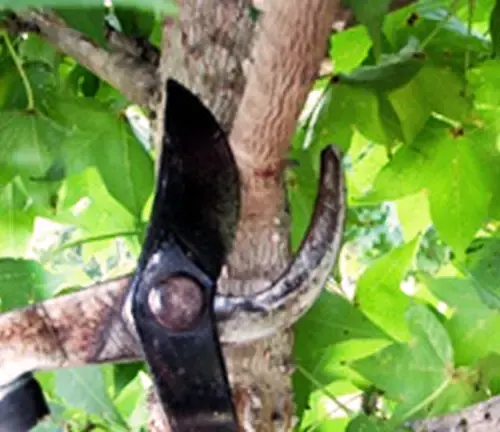
Pruning
Pruning the American Sweetgum tree should be done judiciously, mainly to remove dead or diseased branches. Structural pruning during the tree’s early years helps establish a strong framework. It is important to avoid excessive pruning, as it can disrupt the tree’s natural form and lead to weak growth.
Propagating
The American Sweetgum tree can be propagated through seeds or cuttings. However, propagation from seeds is more common and relatively straightforward. The seeds need stratification, a period of cold treatment, to break dormancy and improve germination rates.
Common Pests & Diseases
The American Sweetgum tree is generally resilient to pests and diseases. However, it can occasionally be affected by aphids, scale insects, and leaf spot diseases. Regular monitoring and appropriate horticultural practices, such as promoting good air circulation and avoiding overwatering, can help prevent and manage these issues.
Frequently Asked Questions:
- Are the seed pods of the American Sweetgum tree dangerous?
While the seed pods have sharp spines, they are not considered dangerous. However, they may pose a tripping hazard and require regular clean-up. - Can the American Sweetgum tree tolerate drought?
While the tree prefers moist soils, it can withstand moderate drought conditions once established. However, prolonged drought may lead to stress and reduced vigor. - How fast does the American Sweetgum tree grow?
The tree has a moderate to fast growth rate, typically adding 1 to 2 feet (30 to 60 centimeters) in height each year. - Does the American Sweetgum tree attract wildlife?
Yes, the tree’s seeds are a valuable food source for birds, and its dense foliage provides shelter and nesting sites. - Can the American Sweetgum tree be used for timber?
Yes, the wood of the American Sweetgum tree is used for various purposes, including furniture, cabinetry, and veneer.
In conclusion, the American Sweetgum tree is a majestic addition to any landscape, offering stunning fall foliage, unique seed pods, and attractive bark. With proper care and attention, this tree can thrive and provide beauty and shade for many years to come. Its adaptability, wildlife value, and ornamental characteristics make it a cherished choice among homeowners and nature enthusiasts alike.


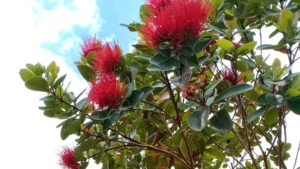
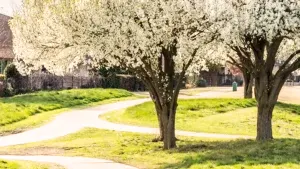
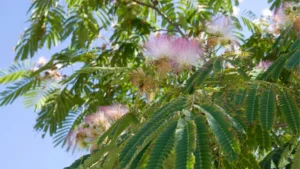


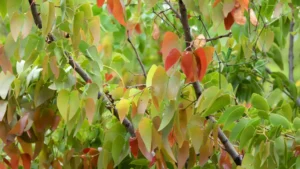
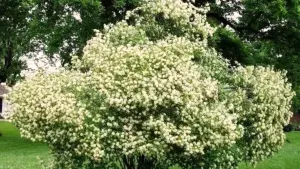


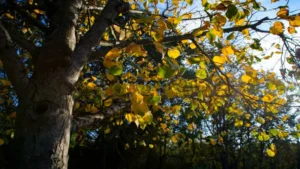
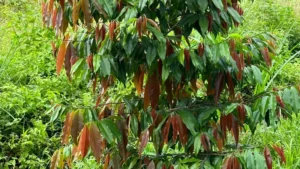
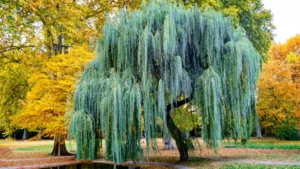
Leave your comment